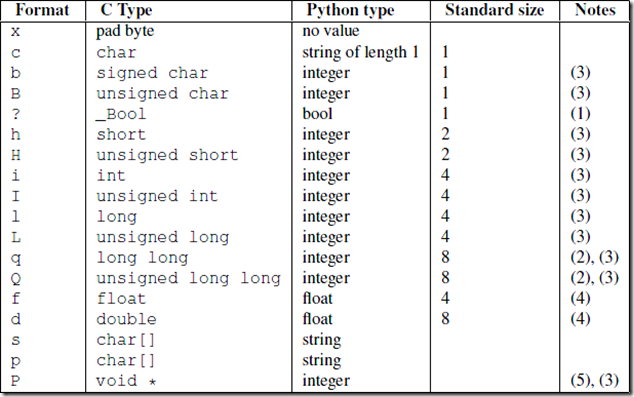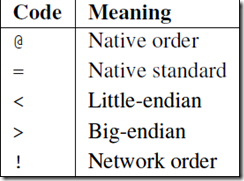linux支持的哪些操作是具有原子特性的?知道这些东西是理解和设计无锁化编程算法的基础。
下面的东西整理自网络。先感谢大家的分享!
原子操作的api函数
gcc从4.1.2以后提供了 __sync_* 系列的下面几类的内嵌函数,提供用于针对数字或布尔型变量的原子操作。
n++类
这组返回更新前的值
type __sync_fetch_and_add (type *ptr, type value, ...)
type __sync_fetch_and_sub (type *ptr, type value, ...)
type __sync_fetch_and_or (type *ptr, type value, ...)
type __sync_fetch_and_and (type *ptr, type value, ...)
type __sync_fetch_and_xor (type *ptr, type value, ...)
type __sync_fetch_and_nand (type *ptr, type value, ...)
++n类
这组返回更新后的值
type __sync_add_and_fetch (type *ptr, type value, ...)
type __sync_sub_and_fetch (type *ptr, type value, ...)
type __sync_or_and_fetch (type *ptr, type value, ...)
type __sync_and_and_fetch (type *ptr, type value, ...)
type __sync_xor_and_fetch (type *ptr, type value, ...)
type __sync_nand_and_fetch (type *ptr, type value, ...)
type可以是1,2,4或8字节长度的int类型,即:
int8_t / uint8_t
int16_t / uint16_t
int32_t / uint32_t
int64_t / uint64_t
后面的可扩展参数(…)用来指出哪些变量需要memory barrier,因为目前gcc实现的是full barrier(类似于linux kernel 中的mb(),表示这个操作之前的所有内存操作不会被重排序到这个操作之后),所以可以略掉这个参数。
CAS类
CAS 即 compare-and-swap ,
下面这两个函数提供原子的比较和交换,如果 *ptr == oldval,就将 newval 写入 *ptr
此函数在相等并写入的情况下返回 true
bool __sync_bool_compare_and_swap (type *ptr, type oldval, type newval, ...) /* 对应的伪代码 */ { if (*ptr == oldval) { *ptr = newval; return true; } else { return false; } }
此函数在返回
oldvaltype __sync_val_compare_and_swap (type *ptr, type oldval, type newval, ...) /* 对应的伪代码 */ { if (*ptr == oldval) { *ptr = newval; } return oldval; }
其他原子操作
type __sync_lock_test_and_set (type *ptr, type value, ...)
将 *ptr 设为value并返回 *ptr 操作之前的值。
void __sync_lock_release (type *ptr, ...)
将 *ptr 置 0
内存栅障
内存栅障主要是处理不同cpu运作时(主要是执行不同线程代码时),一个cpu对内存的操作的原子性,也就保证其他cpu见到的内存单元数据的正确性。
内存栅障介绍
如果有对某一变量上写锁, 就不能在不获得相应的锁时对其进行读取操作。
内存栅的作用在于保证内存操作的相对顺序, 但并不保证内存操作的严格时序。
内存栅并不保证 CPU 将本地快取缓存或存储缓冲的内容刷写回内存, 而是在锁释放时确保其所保护的数据, 对于能看到刚释放的那个锁的 CPU 或设备可见。
持有内存栅的 CPU 可以在其快取缓存或存储缓冲中将数据保持其所希望的、 任意长的时间, 但如果其它 CPU 在同一数据元上执行原子操作,
则第一个 CPU 必须保证, 其所更新的数据值, 以及内存栅所要求的任何其它操作, 对第二个 CPU 可见。
__sync_synchronize (...)
发出一个full barrier.
内存栅障应用
对于执行一条指令,操作到4个寄存器时,如:
write1(dev.register_size,size);
write1(dev.register_addr,addr);
write1(dev.register_cmd,READ);
write1(dev.register_control,GO);
最后一个寄存器是控制寄存器,在所有的参数都设置好之后向其发出指令,设备开始读取参数.
如果最后一条write1被换到了前几条语句之前,那么肯定不是我们所期望的,这时候我们可以在最后一条语句之前加入一个memory barrier,强制cpu执行完前面的写入以后再执行最后一条:
write1(dev.register_size,size);
write1(dev.register_addr,addr);
write1(dev.register_cmd,READ);
__sync_synchronize();
write1(dev.register_control,GO);
memory barrier有几种类型:
- acquire barrier : 不允许将barrier之后的内存读取指令移到barrier之前(linux kernel中的wmb())。
- release barrier : 不允许将barrier之前的内存读取指令移到barrier之后 (linux kernel中的rmb())。
- full barrier : 以上两种barrier的合集(linux kernel中的mb())。
原子操作应用范围
原子操作只允许一次更新或读一个内存单元。 需要原子地更新多个单元时, 就必须使用锁来代替它了。
例如, 如果需要更新两个相互关联的计数器时, 就必须使用锁, 而不是两次单独的原子操作了。
原子操作例子
例子代码:
|
原子操作封装使用
根据常用的原子操作,封装一些实用的接口 :
//原子操作 |

